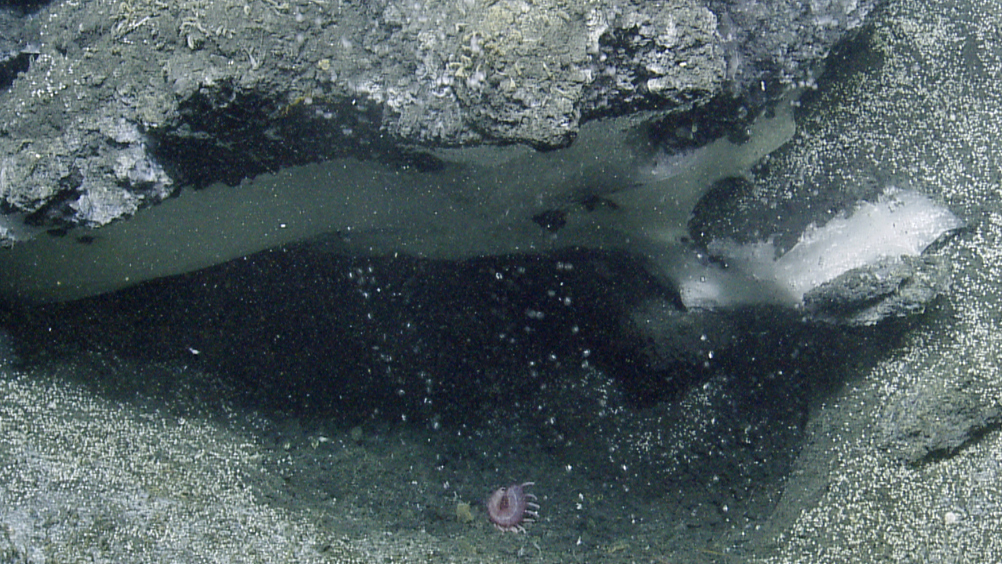Acoustic detection of subsea methane seeps will help quantify greenhouse gas
Oregon team hopes to determine whether subsea methane is opportunity or threat

Researchers from the US National Oceanic and Atmospheric Administration (NOAA) working at Oregon State University have successfully used a hydrophone to record the sound of methane bubbling up from the sea floor off the Pacific Northwest coast. This technique, they claim, will help them to identify and quantify methane originating from the seabed.
In the journal Deep Sea Research II, the team led by acoustic scientist Robert Dziak explain how they used the remotely operated vehicle (ROV) Hercules, operated by NOAA exploration vessel Nautilus, to dangle a hydrophone almost 1.5km deep of the continental shelf near Heceta bank to investigate a stream of bubbles that had been detected emanating from the seafloor. The hydrophone recorded a series of short, high frequency bursts, lasting 2-3 seconds.
The researchers then compared this acoustic signature with images obtained by the Hercules and confirmed that the sounds coincided exactly with rising bubbles. "The bubbles in the streams make sound, and the frequency of the sound is related to the size of the bubble," Dziak said. “The smaller the bubble, the higher the pitch. And the larger the bubble, the lower the sound pitch, but the more methane it contains.”
Register now to continue reading
Thanks for visiting The Engineer. You’ve now reached your monthly limit of news stories. Register for free to unlock unlimited access to all of our news coverage, as well as premium content including opinion, in-depth features and special reports.
Benefits of registering
-
In-depth insights and coverage of key emerging trends
-
Unrestricted access to special reports throughout the year
-
Daily technology news delivered straight to your inbox










Water Sector Talent Exodus Could Cripple The Sector
Maybe if things are essential for the running of a country and we want to pay a fair price we should be running these utilities on a not for profit...